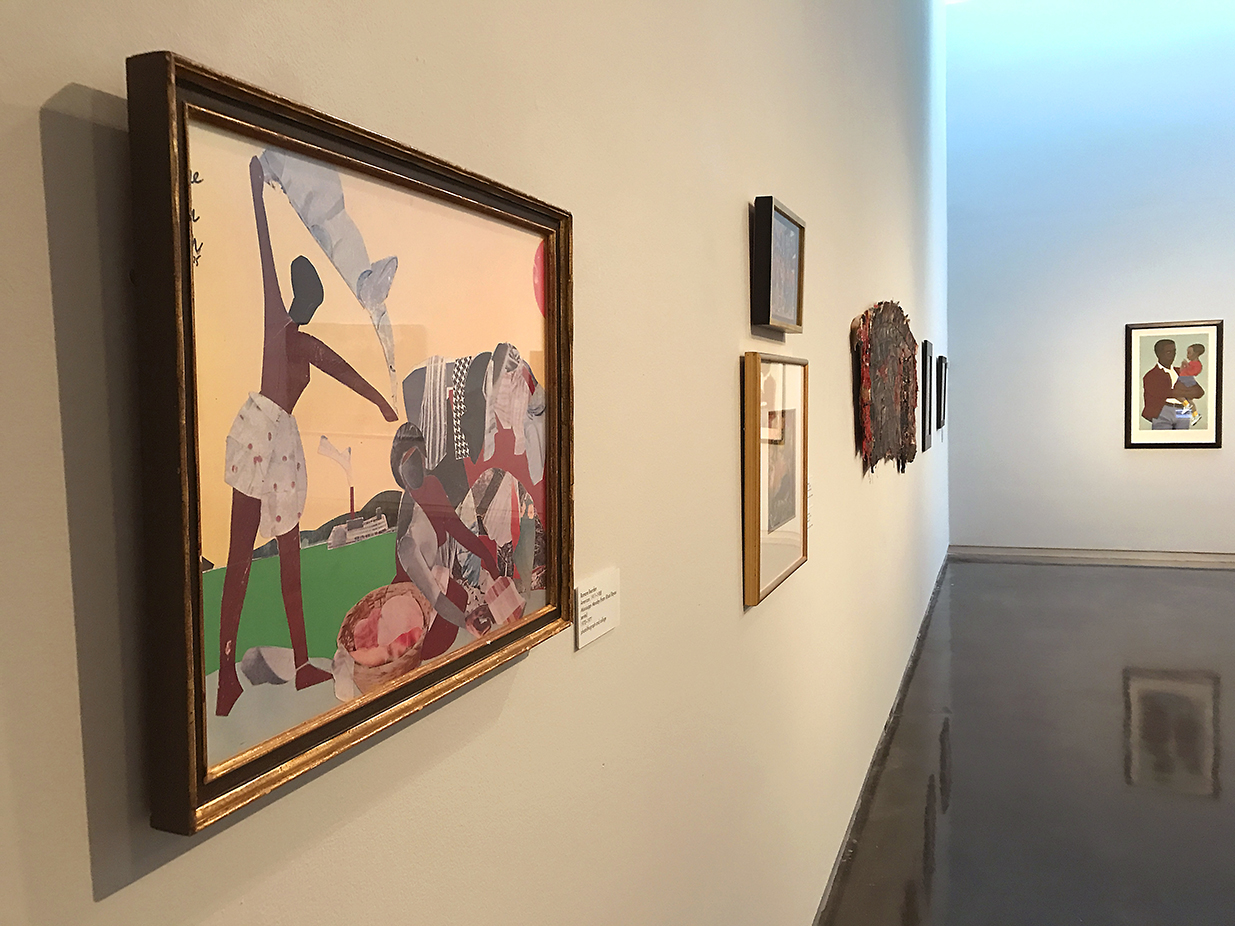
LSU Museum of Art curator explains Romare Bearden’s vibrant collages and his activism as a black artist
“Is there a Negro image?” That was the question a collective of black artists often grappled with in 1960s Harlem during the Civil Rights Movement. Romare Bearden, a North Carolina native, and his creative colleagues met regularly in his studio, trying to define black art for themselves. They were frustrated with the few representations in museums and galleries and emboldened by the need to tell their story during a volatile time in America.
Some of their resulting pieces, as well as the works of many other black artists, are up now in an exhibit at the LSU Museum of Art.
“Bearden was doing kind of figurative and abstract work before 1964-1965, and then the Civil Rights Movement happened and his work became more socially conscious,” says LSU Museum of Art Curator Courtney Taylor.
|
|
The story goes that he showed up at a meeting of the collective one day with collage materials, like scraps of magazine pages, colored paper and foil, and encouraged the artists to work through the question of defining black art using collage.
“No one was really into that idea,” Taylor explains with a laugh, “but he stuck with [the medium], and that’s when he started doing these photolithographic collages.”
Using those magazine cutouts and other types of paper, Bearden’s work showcases Southern landscapes and scenes from the daily life he experienced growing up in North Carolina juxtaposed with the urban setting of New York’s poor black neighborhoods.
The finished works are lush with meticulously arranged images and a sense of movement, like the chaos and spectacle of life is bursting out of each scene. When he died in 1988, his New York Times obituary called him “the nation’s foremost collagist.”
All of the works are part of “Reflections: African American Life from the Myrna Colley-Lee Collection,” a traveling exhibit of more than 50 pieces from the personal collection of Colley-Lee, a costume designer and arts patron.
Taylor says the museum chose to arrange the exhibit in a way that highlights the activism and social commentary of the artists featured.
An interactive space the museum developed specifically for the exhibit lets patrons build collages of magazine clippings similar to Bearden’s and even create stop-motion animations of their collages coming to life.
“It’s a way that people can look at the art and then get engaged with it,” Taylor says.
Events tied to the new museum exhibit:
Sept. 7: Art collector and costume designer Myrna Colley-Lee will speak at the museum about the pieces in her collection on display.
Sept. 14-17: Patrons can also learn about linocut printmaking (the exhibit has several examples of this technique on display) during this two-part workshop.
Find out more at lsumoa.org.
This article was originally published in the September 2017 issue of 225 Magazine.
|
|
|

